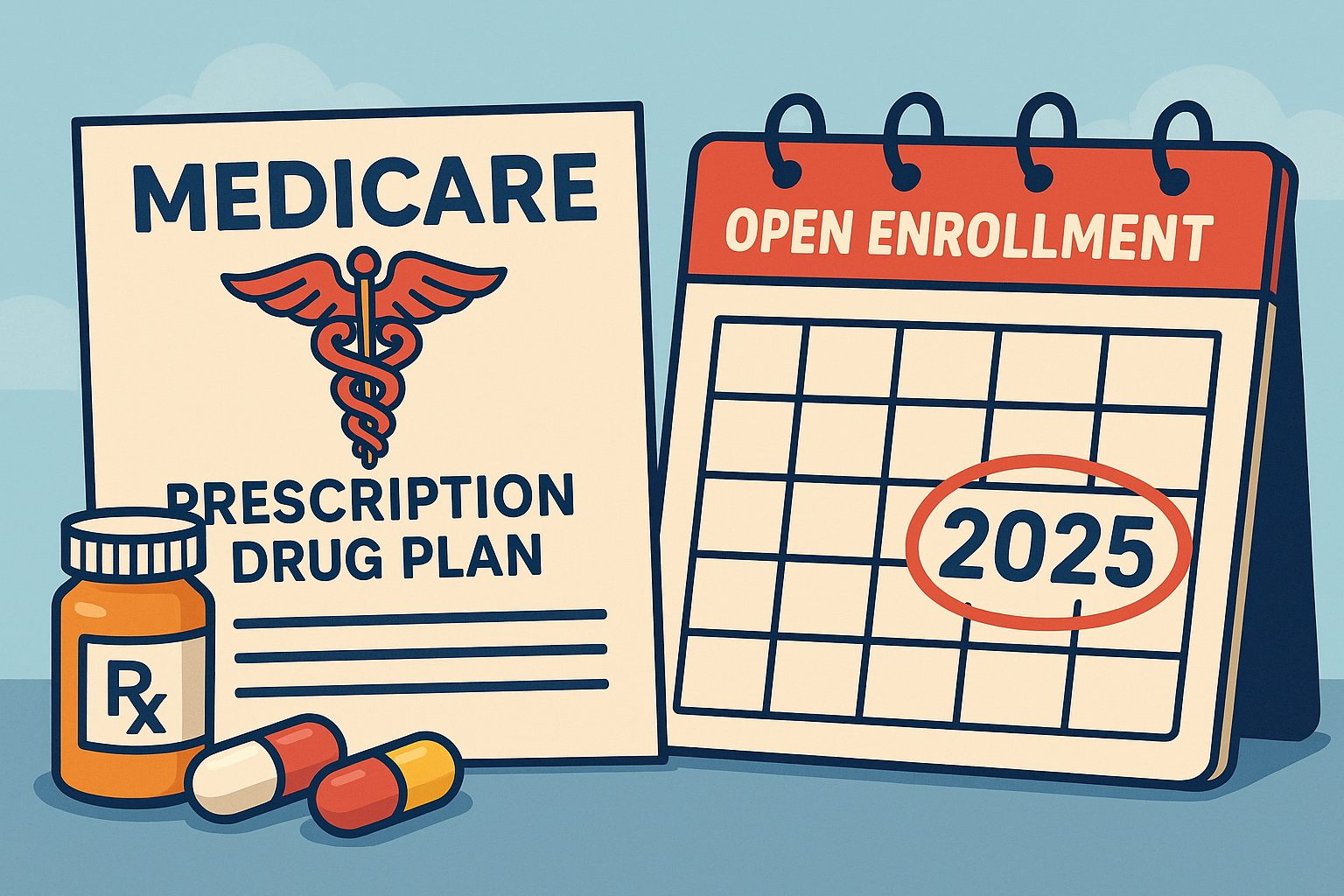Forbes Online Magazine – Pharma & Healthcare |12/18/2012 @ 1:32AM
Last week, Aetna, the third-largest private health insurer in the U.S., held its annual investor conference in New York, in which company executives laid out their detailed assessme
nt of the post-election environment for health insurance. Aetna’s comments, and those of its peers in similar settings, illustrate how Obamacare will dramatically drive up the cost of health insurance in the United States. “In some markets,” said Aetna CEO Mark Bertolini, increases in premiums could “go as high as 100 percent. And we’ve done all that math. We’ve shared it with all the regulators. We’ve shared it with all the people in Washington that need to see it. And I think it’s a big concern.”
Bertolini made his comments in response to a question from Scott Fidel, the managed-care analyst at Deutsche Bank. Fidel noted that Frank McCauley, Aetna’s executive vice president of commercial (non-government) business, had earlier noted that Aetna did not expect many small businesses to participate in the exchanges, because the cost of insurance on the exchanges would be quite high.
2014 non-group premiums to increase 20-50 percent on average
“Premium rate shock for 2014,” responded Bertolini, “absent subsidies and everything else, is going to be in the neighborhood of 20 percent to 50 percent. And we’re going to see some markets [and] in sub-segments in some markets go as high as 100 percent.”
As I’ve noted before, there are a number of ways in which Obamacare drives up the cost of insurance in the individual market—the market for people who buy insurance for themselves, instead of getting it through the government or their employer.
Most important of these are: (1) the “minimum actuarial value” requirement that forces insurers to provide more financially generous coverage with fewer co-pays and deductibles; (2) the “community rating” provision that forces younger beneficiaries to pay far more for insurance in order to partially subsidize older beneficiaries; (3) the “guaranteed issue” provision that forces insurers to take all comers, even if they are already sick; and (4) the “essential health benefits” mandate that forces insurers to cover health-care services that many customers wouldn’t otherwise want to pay for.
“Just one piece alone, more than half of the U.S. public [in the individual insurance market] is in a plan at 50 percent or lower actuarial benefit. If you go up to 60 percent, as required by law, you’ve got a huge bump already,” Bertolini noted. “And this is the reason why you’re seeing such pressure between the states and the federal government on exchanges. Whose exchange do you want pokies online to show that price increase on? And surely, the federal government doesn’t want to show that. So I think this is going to be a big debate. And as Frank mentioned earlier, we’re putting these things through into rate increases and we’re getting them through the regulators. So I think that is going to be the big story for 2014, as these rates start going to the market, probably the latter part of this year, 2013.”
Will Democrats water down Obamacare’s costly mandates? Unlikely
Bertolini expressed hope that the fiscal cliff negotiations in Washington would yield “some interesting ways to try and address that rate shock issue.” Good luck with that. Democrats have plenty of incentive to install Obamacare’s blizzard of mandates and regulations, and then try to blame greedy insurers for the resultant premium hikes, so as to increase the political viability of single-payer health care.
Congress could delay the rollout of the exchanges by a year or two, which would save some money within the ten-year budget window, but Democrats will not want to do that either, because it will make the law more vulnerable during the 2016 election. Remember that, under the projections of the Congressional Budget Office, 25 million Americans are to be enrolled in the exchanges by 2021.
custom ib extended essay
Without a delay, it’s quite possible that private insurers will choose not to participate in Obamacare’s exchanges in many parts of the country. Aetna said that it plans to participate in exchanges in “up to” 15 states in 2014, representing 65 to 70 percent of the exchange-eligible population, but that the company would “approach exchanges with caution” until it
is “confident they represent a rational and stable marketplace…After a transition period, if Aetna cannot earn its cost of capital on exchanges, we will exit market areas.”
The big concern for the insurers is whether or not the state and federal exchange bureaucracies will regulate the insurance markets in a competent manner. “What are the regulators going to allow for rates when you file them?” asked Bertolini. “How are the ‘three R’s’ [the risk adjustment, reinsurance, and risk corridor programs] actually going to work?”
Believe it or not, Aetna’s involvement in the exchanges is more aggressive than its peers. UnitedHealth Group stated that it would only get involved in a “few” states; Humana said that it would get involved in ten.
Obamacare’s exchanges may underpay doctors and hospitals
Bertolini also elaborated on the type of insurance that Aetna would provide on Obamacare’s exchanges. “It’s about having the right products at the right cost structure, [with] narrow networks, low-cost networks,” he said. That is to say, Aetna’s exchange products will aggressively steer patients to low-cost doctors and hospitals so as to keep premiums low. That’s, indeed, what insurers are rightly incentivized to do when individual consumers are shopping for their own insurance.
Within its exchange products, Aetna expects to reimburse hospitals and doctors at rates akin to government programs, rather than the much higher rates reserved for traditional commercial insurance. “We’re contracting…at a rate normally between Medicare and Medicaid for the exchange population,” said Frank McCauley.
McCauley’s counterparts at Humana don’t think that insurers will be able to get away with ultra-low Medicaid rates on the exchanges. “If you go down to Nashville and you ask [hospital chain] HCA about that, they’ll laugh you out of the room,” said Humana executive Bruce Perkins at Humana’s November analyst meeting. “This idea that it’s going to be Medicaid rates—that’s a joke.”
Obamacare’s exchanges need serious reforms in order to function
If exchange rates do end up in between Medicare and Medicaid, Americans who enroll in the exchanges will have the worst of both worlds: a costly insurance product that doesn’t grant them access to a wide range of doctors and hospitals, making it difficult to get access to needed care.
There’s plenty of evidence that Obamacare’s exchanges are set up for failure. The Obama administration will do itself a huge favor if it certifies Utah’s more market-oriented exchange as an alternative to the ACA exchanges. “I respectfully request that you instruct HHS to declare the Utah exchange model as the minimum federal standard,” wrote Utah Gov. Bob Herbert in a December 10 letter to the President. “I am confident that if you make this change, several other states will join Utah and request certification for ‘state-based exchanges’ based on our model.”
Ideology may blind the President to this more flexible approach. But if he wants his signature health law to succeed, it would behoove him to see if Utah’s health insurance clearinghouse could help him achieve it.



